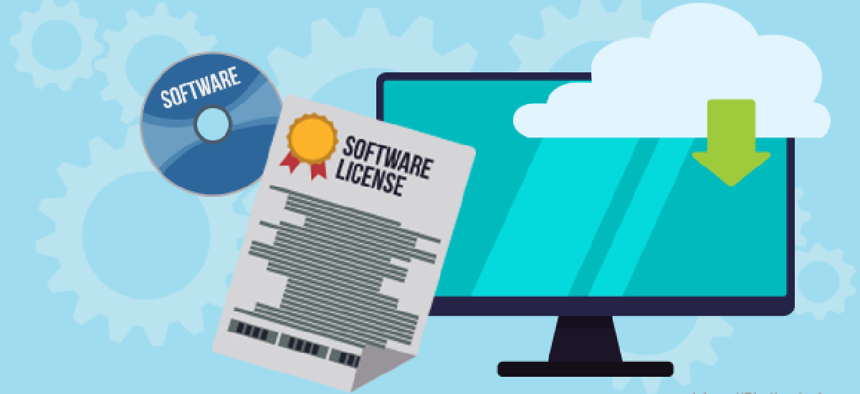3 tips for optimizing software spending


Connecting state and local government leaders
Visibility into software usage and spending makes it easier for agencies to track technology purchases and helps them think holistically about their IT strategy.
According to Forrester, government technology use is on the rise, especially among state and local agencies, and pressure on spending is increasing.
Federal agencies in particular are being required to implement technology across their organizations. The Modernizing Government Technology Act, for example, would provide funds for agencies to modernize and consolidate networks, embrace cloud computing and enhance security. The 2016 MEGABYTE Act directs agency CIOs to establish a comprehensive software license inventory, and manage 80 percent of license spending and enterprise licenses using automated discovery tools. Starting with the 2017 fiscal year, CIOs must report on the financial savings or avoidance of spending that has resulted from software license optimization.
The message is clear: agencies' use of technology across their organizations must proceed as efficiently and cost effectively as possible.
1. Make visibility a priority
One of the biggest barriers to efficient management of technology is limited visibility into software usage across the organization. This makes it challenging for IT managers to identify waste and excess spending.
Inefficient or unnecessary spending can be attributed to inactive or unused accounts -- employees who aren't using the software for their job function or role or who have left the agency entirely. Other waste comes from users who aren’t on the appropriate subscription level, which means agencies might be paying for a premium account even though users don’t need all that level of functionality.
Paying for unused or unnecessary software licenses is like throwing money out the window -- not to mention the security and compliance risks it poses. Ultimately, it’s necessary to be able to understand which employees use what software, how they use it and for how long or often. This is the only way to truly optimize agencywide software usage.
Since the Obama administration’s cloud-first initiative was introduced, federal agencies have worked to capitalize on the efficiencies afforded by cloud software, but actual usage of these applications can be trickier to track than of on-premise applications. IT managers must understand how cloud software providers calculate usage and cost and ensure their users are on the optimal subscription. Not all of cloud providers have the incentive to be transparent.
Government CIOs and agency IT teams must account for every dollar put toward technology and link it back to agency objectives. Without visibility, they won’t be able to connect all the dots. On the flipside, knowing what’s being spent on software and services puts the CIO in the perfect position to drive agencywide cost savings and efficiency gains while minimizing security risks.
As mandated by the MEGABYTE Act, automated discovery tools are key to helping deliver this visibility. While the law applies only to federal agencies, governments at all levels can benefit from such automation and insights.
2. Learn from your peers
The City of Tampa, Fla., used a manual process to monitor and track software licenses. Information entered into an Excel spreadsheet quickly went out of date and budgets spiraled out of control as a result.
The spreadsheet-based monitoring process was also cumbersome. A user would send his manager a request for software, which would be processed into a purchase order, which went out the vendor and, if someone remembered, would also be sent to security to add it into their spreadsheet.
Now the city uses a software asset management solution to maintain licensing compliance, ensure illegal software is blacklisted and removed and gain useful intelligence for budgeting. It saved $20,000 from harvesting and reutilizing unused software in 12 months.
3. Think holistically
Visibility into software usage and spend makes it easier for agencies to budget and track technology purchases. It also helps them think more holistically and thoughtfully about their IT strategy.
Last spring, when the administration requested an increase in federal IT spending for fiscal year 2018, it also proposed that agencies take a more holistic approach to IT modernization. According to White House budget documents, “Modernization, in this sense, is not simply replacing individual outdated IT systems with newer ones; rather, it is a holistic approach to Federal IT that fundamentally transforms how agencies accomplish their missions.”
Whether agencies are trying to meet the requirements of the MEGABYTE Act, laying the foundation to comply with the MGT Act or simply looking to optimize their IT spend, they should take steps now to gain more visibility into organizationwide software usage.
NEXT STORY: Army driverless-truck pilot logs 55K miles




